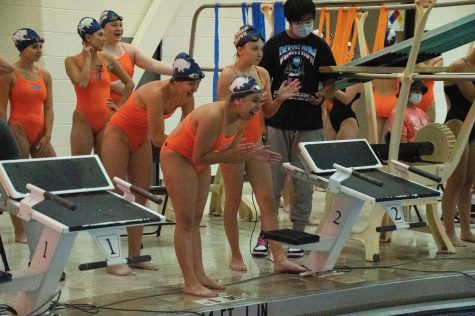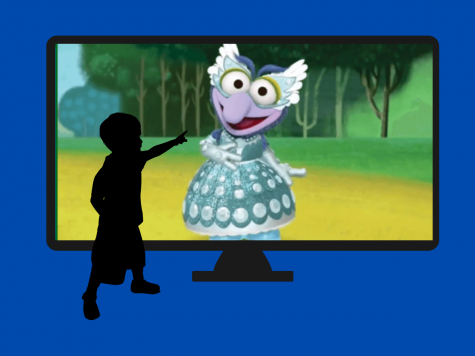Side by Side: Big vs. Small Universities
Big universities offer connections
Emily Davidson
College is supposed to be a pivotal time in our lives and the beginning of our transition to reality. But how different does this monumental step really feel if college is the same size as high school?
Everyone always talks about leaving behind the “high school drama.” But I believe that the main roots of student tension actually comes from the small size. Everyone knows who is the most and least popular, and this creates segregation. In a university with 5,000 or more undergraduates, chances are, I won’t meet the majority of my class. If I don’t know many of my classmates, there is no need for me to concern myself with how people I’m not familiar with perceive me, and any system of “ranking” is irrelevant.
Moreover, 500 classmates isn’t exactly a wealth of social diversity. When there isn’t a plethora of friend groups to choose from, trying to fit in can sometimes feel like a compromise. I’m so excited to attend university next year not with hope, but knowledge that I will find people with whom I can relate.
But it’s not all about friendship. In US News’ national university ranking, only five of the top 30-ranked schools had enrollments fewer than 5,000 students. On top of such prestige, graduates of medium–to–large universities have a larger network of alumni to utilize during their quests for a job, helping to avoid the rumored post–education rut. And don’t forget about generous alumni donations. Northwestern University, one of my potential homes for the next four years, has an endowment of $4.8 billion for an undergraduate of less than 9,000 people; that’s nothing to sneeze at.
There’s another problem with smaller schools; they’re not always on companies’ radars. The top 25 schools for recruitment, according to the Washington Street Journal, only has one school that falls under the category of small size: MIT.
Next year, I will attend a large university, because I want a whole new (and improved) experience, not the same high school experience with less options and hiked–up tuition.
Small universities are comfortable
Keli Vitaioli
When I picture college, I imagine a more focused and personalized extension of high school. So why do so many students choose universities where they are just one in 10,000? I chose to avoid this little–fish–big–pond scenario altogether by applying to only lesser known liberal arts colleges, where my numbers drop from 1:5,000 to 1:250.
Liberal arts colleges pride themselves on developing students with broad general knowledge and broad general intellectual capacities, which describes being a well–rounded student. Big universities conjure up the image of a plug and chug equation.
At University of Illinois, where many BG students end up, the current freshman class has a total of 6,937 students. However, at Grinnell College in Iowa, my top choice, the freshman class has only 435 students.
Liberal arts schools like Grinnell or Amherst College in Massachusetts offer an open curriculum with just one graduation requirement. This gives the chance to take classes one wouldn’t have time for when struggling to meet requirements, such as Egyptian History or The Hunger Games: Class, Politics, and Marketing.
An open schedule can help undecided students find a major they would not have imagined or just a way to become a more varied individual.
A small school doesn’t mean small learning. Grinnell College, among many other liberal arts colleges, had an endowment last year of $1.83 billion.
With less students and faculty to be concerned about, that means the endowment makes a more direct impact on every student’s learning.
This month, Grinnell alumna Susan McCurry pledged $4 million to the school in order to begin a global studies program that will allow freshmen to travel and gain knowledge outside a traditional classroom.
I knew when I walked on the Grinnell campus, that it was something different. College should feel like a second home, not just an assembly line. And, while picturing a 435–person family at the dinner table may not sound cozy, imagining 6,937 sounds more like the zoo’s feeding troughs.



